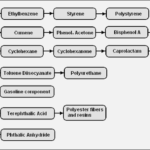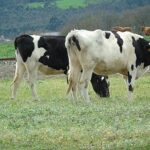Innovations with eggshells
An article by Daniela Castillo Monagas drew our attention to the interesting properties of eggshells. Companies, she wrote, have been developing new materials using eggshells. A renewable and circular feedstock that appears to have many applications. Eggshells are in ample … Read more


















































